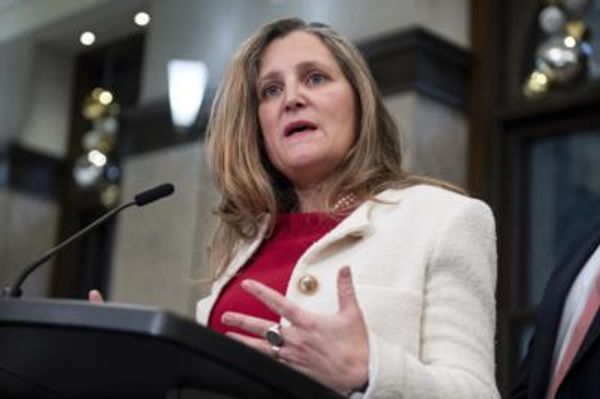
It’s been easy for the parade of galahs from Paul Keating’s pet shop to attack and criticise the Reserve Bank (RBA) about its calls on interest rates, wages inflation, house prices and growth.
Some of the criticism on wages and the decade-long lack of understanding of what drives them in this country is well deserved — it’s supported by years of falling real wages, which are at times standard operating procedure at the central bank and its business-dominated board.
But what about more extensive calls — on growth and what is happening in the economy more broadly? For example, the RBA’s GDP growth estimate for 2022 of 2.7% was spot on.
But take a look at its counterpart across the Tasman, the Reserve Bank of NZ (RBNZ) — widely thought of as the most gung-ho central bank on monetary policy in the developed world.
GDP data released yesterday for the December quarter from Statistics NZ showed a shock contraction of 0.6% and a downward revision to the third quarter’s original 2% growth to 1.7%.
If the next GDP report on June 15 shows another three months of falling growth, then the RBNZ will have got what it wanted: a recession it can use to lower still-high inflation. But it will also have a jobs market too strong with unemployment at 3.78%, suggesting that when that cracks, the fall will be steep, nasty and very political.
But there’s a more important point here: the fourth-quarter contraction in growth confirms the RBNZ didn’t know what was happening in the economy — considering its first monetary policy statement of 2023 was released with February’s 0.5% rate rise and forecast growth of 0.7%.
Plus, last November, the RBNZ delivered a swinging 0.75% boost (the largest of the nine rate rises since October 2021) to its official cash rate, while all the while the economy was contracting. That’s called being on top of things. In fact, since last August, the RBNZ has lifted its cash rate by 1.75% — the last 1.25% increase since October now looks redundant.
It’s the All Blacks way of implementing monetary policy: just bash, bash, bash and something will happen. In rugby, there is at least some ability to control the post-bash session — in an economy, no such luck, as confirmed by the surprise fourth-quarter contraction.
Some NZ economists claim that but for a change in the way Statistics NZ applied its season adjustments, the contraction would have been a very nasty 1.2%, which would have concentrated Kiwi minds ahead of the September election.
It is one of the continuing fears of outsiders — economists, businesses, consumers and governments (such as the NZ Labour Party) — that central banks could reach overkill in trying to control the surge of inflation caused by the Russian invasion of Ukraine and supply (not demand) shortages, which many companies have used to boost prices and profits.
Some politicians continue to want to take back control of central banks. There’s a lingering, wistful feeling in the ALP government and Coalition opposition in Australia. But you can bet that if the RBNZ triggers a deep recession as the growth and jobs market slide, those feelings will quickly disappear.
After all, it’s easier to say it’s “their problem” (the RBNZ) and not ours, and that the central bank is independent, ahead of voters going to the polls.







